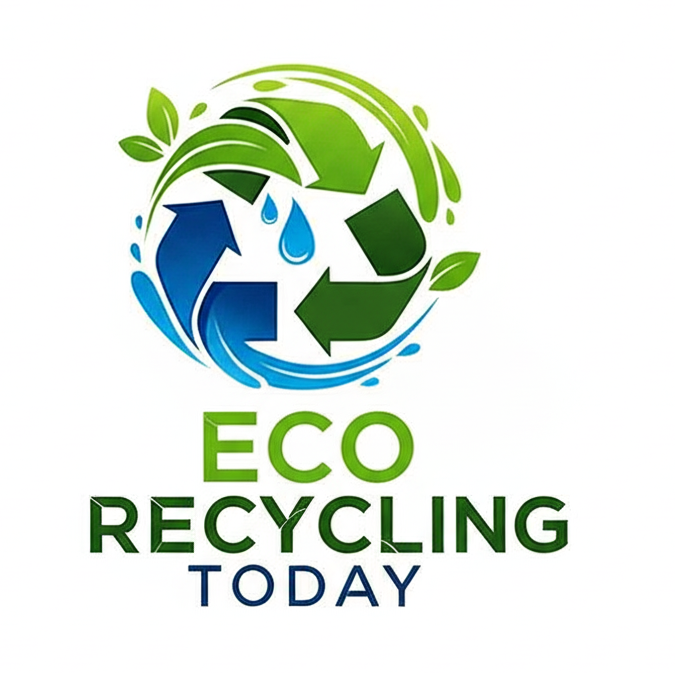With growing concern about plastic pollution and the shift toward sustainable packaging, many brands and consumers are asking: Is recycled plastic safe for food packaging? The short answer is yes—when properly processed and regulated. But not all recycled plastics are created equal, and safety depends on the source material, recycling method, and end-use. We explore how recycled plastics are used in food packaging, the regulatory safeguards in place, and what consumers and manufacturers need to know.
Why to Use Recycled Plastic in Food Packaging
Food and beverage companies are under pressure to reduce their environmental footprint. Using recycled plastics, particularly recycled PET (rPET), offers major benefits:
- Reduces demand for virgin plastic
- Lowers carbon emissions
- Supports a circular economy
- Meets sustainability goals and consumer expectations
Major brands like Coca-Cola, Nestlé, and PepsiCo have pledged to use increasing amounts of rPET in their bottles and packaging.
Types of Recycled Plastic Used in Food Packaging
Not all plastics can be safely recycled for food contact. Only specific types—when processed under strict conditions—are approved.
Most Common: rPET (Recycled Polyethylene Terephthalate)
- Used for water bottles, soda bottles, and food containers
- Offers excellent clarity and barrier properties
- Approved by FDA and EFSA for direct food contact if processed correctly
Others :
- rHDPE: Sometimes used in milk jugs and detergent bottles; food-grade use requires advanced decontamination
- rPP and rLDPE: Less common in food contact due to technical and regulatory barriers
Is It Safe? Here’s What the Science Says
1. Strict Regulations
Both the U.S. Food and Drug Administration (FDA) and the European Food Safety Authority (EFSA) have rigorous guidelines to ensure safety:
- Recycled plastic must come from approved sources
- Must undergo decontamination processes to remove any contaminants
- Must meet migration limits—i.e., the plastic must not leach harmful chemicals into food
2. Closed-Loop vs. Open-Loop Recycling
- Closed-loop recycling (e.g., bottle-to-bottle systems) is the safest and most common for food applications
- Open-loop recycling (e.g., from mixed waste) is typically not allowed for direct food contact unless fully purified
3. Advanced Recycling Technologies
Technologies like chemical recycling, enzymatic breakdown, and super-clean mechanical recycling allow for near-virgin quality recycled plastics that are safe and certified for food use.
Certifications & Standards
Look for packaging materials that are:
- FDA-approved for food contact (U.S.)
- EFSA-compliant (EU)
- Certified under the Global Recycled Standard (GRS) or similar frameworks
- Labeled with clear recycling codes and food-safe symbols
Recycled plastic is safe for food packaging when sourced responsibly and processed under approved conditions. It offers a powerful solution for reducing plastic waste, conserving resources, and supporting brand sustainability.
As technologies advance and global regulations tighten, food-grade recycled plastics will continue to play a key role in creating a more circular and sustainable packaging future.
